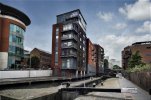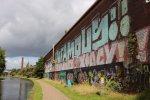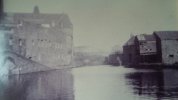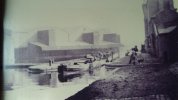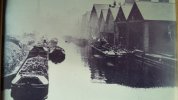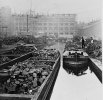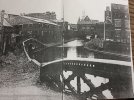Pedro
I think your supposition is right, that people then used the term an upmarket term to boost the position of their houses. Area was always very important (and often still is today). Cannot think the inhabitants of the Islington area were too enthused . Edgebaston fought many battles to preserve the exclusiveness of the term , at one time fighting to prevent a fish & chip shop in Varna Road . They did win that time, perhaps not later!
That said, not a good name for the building in question
I think your supposition is right, that people then used the term an upmarket term to boost the position of their houses. Area was always very important (and often still is today). Cannot think the inhabitants of the Islington area were too enthused . Edgebaston fought many battles to preserve the exclusiveness of the term , at one time fighting to prevent a fish & chip shop in Varna Road . They did win that time, perhaps not later!
That said, not a good name for the building in question

